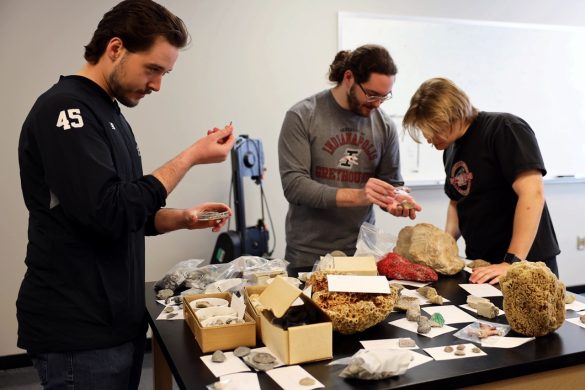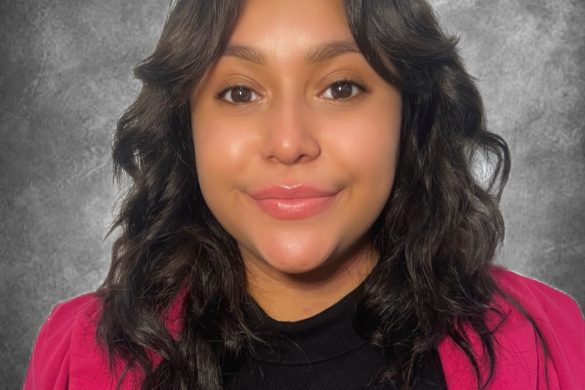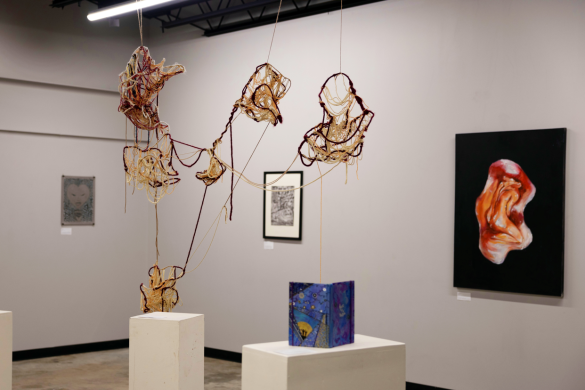Each morning junior medical lab science major Brandy Ploetner wakes up and goes about a fairly normal routine, except she has to do one more thing that most people do not. She walks over to her desk and grabs a bag, opens it and pulls out a small phone-like device, sticks a tiny paper-like strip into it, pricks her finger with a needle, and applies a sample drop of blood onto the strip. Ploetner is testing her blood sugar because she has type 1 diabetes.
Diabetes is an autoimmune disease in which the body is unable to produce any or enough insulin to maintain the body’s blood sugar levels. November is also National Diabetes Month. Ploetner is not coping with this disease alone. The disease affects more than 29 million people in the United States.
Ploetner said she was diagnosed when she was three years old.
“My mom just kind of knew because she had been around [other diabetics] and started picking up the hints,” she said. “Diabetes runs in my family. There are about four or five diabetics in the family. Every other generation has it.”
She said that there are many obstacles to work around but having school work is the biggest obstacle. Ploetner makes sure the disease does not hold her back.
“There were a few times where I’ve had tests, but the night before I was dealing with a high blood sugar and didn’t sleep well. I could explain to the professors that with being a diabetic, I can only do so much to control it, but in the end diabetes has a mind of its own. [I] could’ve asked to take the test at a later date, but because I see myself as a normal person, I don’t count diabetes as an excuse to not do something.”
Junior biology pre-medicine major Julian Everett also lives with type 1 diabetes. He describes having the disease as both a “blessing and a curse.”
“[It’s a] blessing in that it made me mature and grow up a lot faster than everyone else, and I’m very grateful for that. And a curse because I love food, and I can’t eat half of it.”
Both Ploetner and Everett are involved in the diabetic community. There are several organizations, such as the American Diabetes Association and Juvenile Diabetes Research Foundation, (JDRF) that have opportunities to raise money and awareness. Everett has participated in several events.
“I try to participate in the JDRF walk and run every year,” he said.
JDRF has its annual walk each year around October and the ADA’s upcoming bike ride, the Tour De Cure, is having its 25th anniversary this June.
Ploetner also is involved in the diabetic community, having gone to a diabetes camp when she was younger.
“I was involved with the Diabetes Youth Foundation of Indiana. The camp lasted the month of June.,” she said. “The camp really helped me become more comfortable with diabetes. I have around three to four people from camp that I keep in contact with.”
The two also agree that National Diabetes Month is important.
“[Diabetes] has been a top leader in the amount of deaths, and there has been an increase in want of knowledge about the disease,” Everette said. “[Diabetes] isn’t as easy to deal with and manage as it seems. People often have a misconception that diabetes isn’t a disease or seen as life threatening.”
Ploetner wishes that more people were involved in the month.
“With cancer, everyone goes all out. [This month], it’s more than just donation. It’s learning about the disease and not what everyone else’s preconceived ideas about the disease are.”










